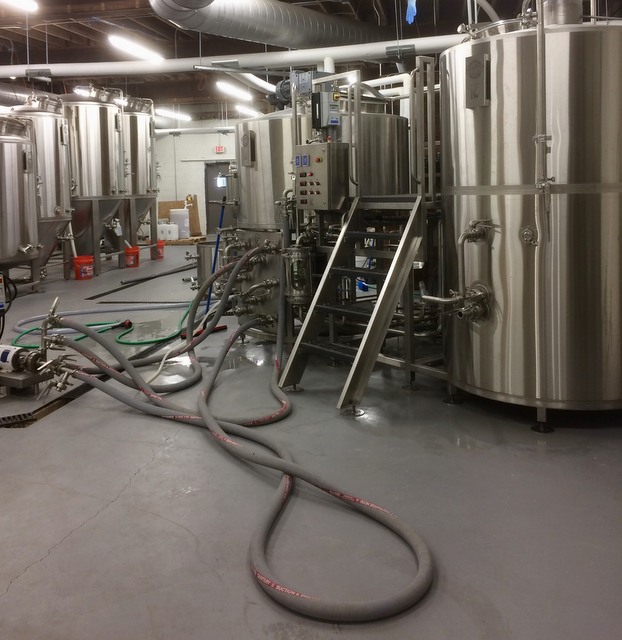
Slow Pour Brewing Co., a startup craft brewery in Lawrenceville, Ga., believes that nothing good happens in a hurry. Life moves fast, and its 3,000-sq-ft tasting room takes visitors back to a simpler time and invites them to share a good beer with a good friend — maybe, a Nostalgia IPA or Sunday Driving Pale Ale.
Lucky for Chase Medlin, the brewery consultant at Slow Pour, the simpler times are kept out of the brewing process. Brewing today is as much of a science as it is an art, and brewers turn to state of the art tools and techniques to provide quality and consistency in their products. For a brand new startup brewery, the right tools can ensure a consistently quality product that keeps customers coming back.
Slow Pour launched in September 2017 and aimed for 700 bbls in its first full year of production. The brewery focuses on direct sales, where the team can share their passion for beer and slow living one-on-one with their customer, but they also have some distribution. Still, in their first few months of brewing, the five-man team behind Slow Pour is anything but slow on production. They already have a full slate of beers, featuring everything from the Peachin’ to the Choir Blonde to The Honorable Dunkel with Coffee, with IPAs and a Pale Ale on the menu for good measure.
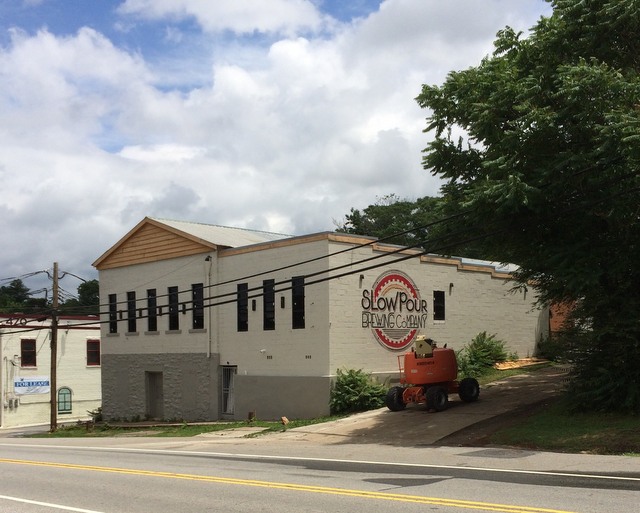
While their beers may put the slow life in the spotlight, the team at Slow Pour has been working hard and fast, wearing multiple hats for months now. They hit a road bump when their seven 10-bbl tanks arrived from the manufacturer with a dirty sheen. Brewers are putting some funky things in their beers these days, but grime from the manufacturing process is a safety hazard, and worse, could affect the quality and consistency of the beer. Medlin would have to clean the tanks before attempting passivation in order to remove oils from the surface of the stainless steel, along with soils from transport.
It is becoming more and more common in the craft brewing industry to see a grey or black film on new stainless-steel brewing equipment. When wiped off, it takes on a metallic, almost iridescent sheen.
Cleanliness being superior to godliness in the brewing industry, Medlin knew that he couldn’t start brewing with dirty tanks and face off-flavors caused by contamination. He channeled his years of experience in the industry and turned to chemical cleaners. He tried a blend of nitric and phosphoric acid, then a low titration quaternary ammonium compound. He attempted to jump the solution from tank to tank, and so on, but was unsuccessful and needed a new solution for each tank. Neither did the trick — the film remained.
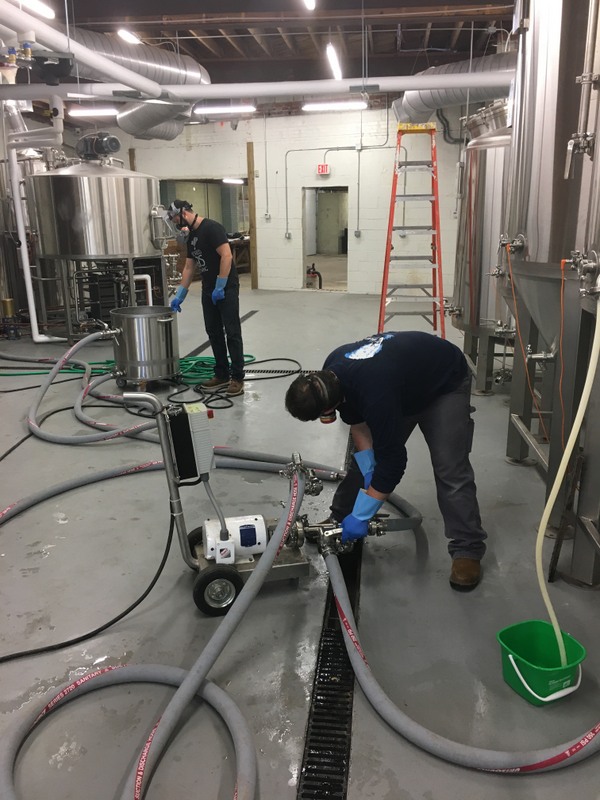
Eager to get brewing, Medlin tried Madison Chemical’s DART 191. He diluted it at 10 percent by volume at 140˚ and ran it through a CIP spray ball, spraying it in the next tank and rinsing the first, and so on, jumping through all seven tanks. Some hand-scrubbing was performed with quaternary ammonium compounds (QAC) in areas the DART 191 couldn’t clean due to incompatibility with some materials.
The process took him about seven hours in all including rinses, but after the final rinse, the film was gone. The tanks took on a golden hue for one to two days — a common byproduct of using DART 191, which was conveyed to Medlin before he used the product.
The process didn’t save him much time compared to the other compounds, but the DART 191 did what it was supposed to and cleaned the tanks. In fact, it cleaned too well. DART 191 is designed to deoxidize and desmut steel and stainless-steel aluminum and its alloys but can be corrosive to some other metals. The DART 191 rinse took a good bit of the chromium off the metal, dulling the outer aesthetics of it. Still, the metal is clean, and knowing what he knows now, he said he’d still use it again.
After cleaning the tanks with the DART 191, the tanks were ready for passivation. Medlin used Compound CR-120N, a Nitric Acid designed by Madison Chemical specifically for the passivation of stainless steel. While most competitors offer a nitric-phosphoric blend, Compound CR-120N does not contain phosphoric acid, which is less effective at passivation compared to nitric acid.
For general batch-to-batch cleaning, a caustic cleaner is used to remove organic soils followed by a rinse. Acid cleaners are used to remove inorganic soils: Nitric-phosphoric blends are most commonly used, although various combinations of nitric, phosphoric, citric and sulfamic acids can be found. As the brewing industry adopts safety regulations of the food industry, it will become increasingly crucial to have a chemical vendor that not only produces cleaning and sanitation production specific to breweries, but also understands the regulatory compliance in the food industry.
Even for beer brewers, cleaning is a laborious process. It’s even more laborious when you have to clean the tanks four times because your cleaning products don’t work. With the tanks finally cleaned, Medlin was ready to start brewing, and the tanks have been in use ever since. Rather than scouring and rinsing the tanks, thanks to DART 191, Medlin got back to doing what he loves best: tasting the fermented fruits of his labors and enjoying the slow life with his friends and coworkers.


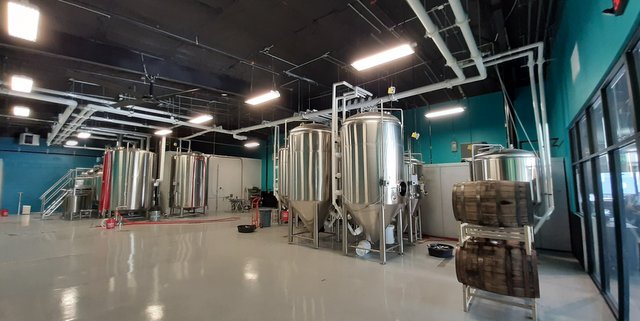

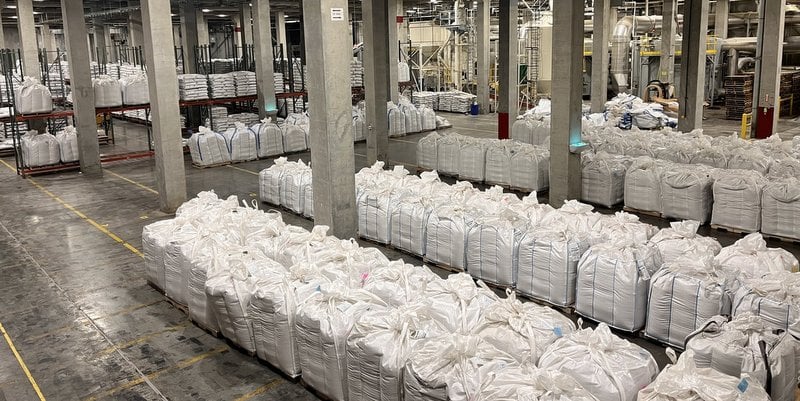
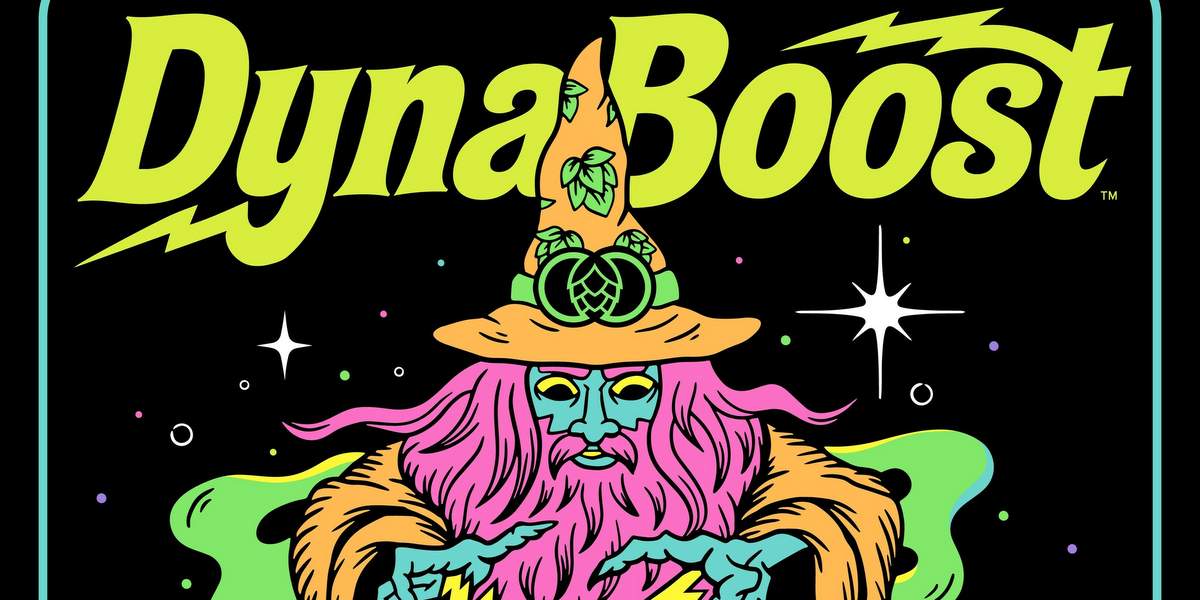
Leave a Reply
You must be logged in to post a comment.